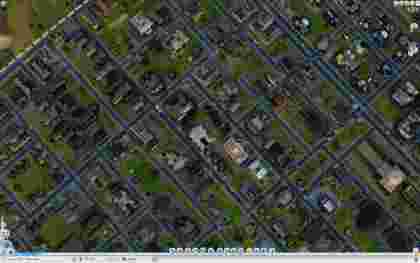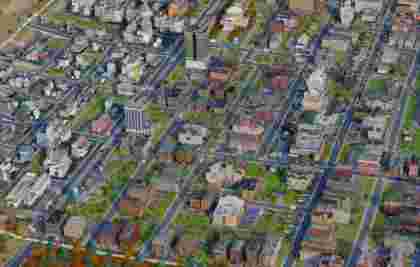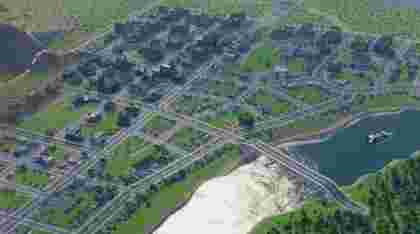SimCity review
After many years of waiting, SimCity has finally returned. You could tell how anticipated this launch was by the size of the backlash when it went wrong, with overloaded servers preventing players from playing and a howl of outrage on gaming forums that even made it to national newspapers.
All that seemed to have cleared up by the time of writing. The only annoying remnants are that the game remains resolutely online-only and that seems to mean it updates almost every time we play; despite being perfectly playable on a fairly modest laptop, the online requirement means we can’t play it on the go.
BEING BORIS
For those unfamiliar with the long-running series, SimCity puts you in the shoes of a town mayor. Your job isn’t to build every building, but rather act as city planner extraordinaire. You place the roads, zone areas for residential, commercial or industrial buildings, and provide services such as power, water, sewage, medical care, mass transit and education - as well as being the principal driver of commerce. Despite the default American setting, SimCity is more like a socialist state than anything. The core game mechanics of building a city will feel instantly familiar to anyone who has played any of the previous incarnations, but the added regions and online play shake things up dramatically.

Your powers are far reaching, making you more god than mayor
Regions vary in size, and contain multiple city sites - from two to sixteen. The idea is that you play online, just with friends in a shared game or with strangers on a public region - though you can play alone if you prefer in a private region. Having chosen a region map, you choose some unclaimed laund and start building your city.

Each region contains a number of set city sites, with strict borders on where you can build - this region has just two
The city sites are strictly limited by square borders, which often seem rather arbitrary in relation to the terrain. You can only build within the borders, leaving large parts of the region undeveloped. Pre-built highways and railways run between the cities, plus ships and planes move about - stopping off if you have the right facilities to receive them. You can’t change these elements, just connect to them.
The reason for the small city spaces soon becomes clear; you simply can’t fit everything you’d really want in a single city. Our first city became horribly clogged as we tried to fit all the various utilities, educational establishments and other bits we wanted. We soon realised that we had to take control of a second city in the region in order to make space for a large sewage plant, which then generated an income for dealing with the first cities excess filth.

Our first city was quickly clogged-up by our over ambitious plans ...

... so we left more space in our second one by sharing key services between our two cities
This mechanic works for almost every facet of the game. You can assist your neighbours with fire or medical cover, sell them power, or sell them oil to power their own plants. Your citizens may even commute to another city for work or education.
Given that there are many competitive strategy games out there, SimCity’s gentle and cooperative nature comes as a lovely change of pace. However, it’s not that simple as you’ll soon find yourself wanting to get one up on your neighbours, plus there are challenges you can enter as a region for in-game rewards.




Leave a Comment